Thunderstorms
A thunderstorm is a type of weather phenomenon characterized by the presence of lightning and thunder. It is often accompanied by heavy rain, strong winds, and sometimes hail. Thunderstorms are caused by the rapid upward movement of warm, moist air that cools and condenses, forming cumulonimbus clouds.
Formation of Thunderstorms
Thunderstorms typically form in warm, humid environments where there is instability in the atmosphere. The three key ingredients for the formation of a thunderstorm are:
- Moisture: A significant amount of water vapor in the air provides the necessary fuel for thunderstorm development.
- Instability: Warm air near the ground that can rise rapidly, creating instability in the atmosphere.
- Lift: A mechanism to force the warm air to rise, such as a cold front, a sea breeze, orographic lift from mountains, or convergence of winds.
Stages of a Thunderstorm
There are three stages in the life cycle of a thunderstorm:
- Cumulus Stage: During this stage, warm air rises and cumulus clouds begin to form. Updrafts within the clouds continue to lift the air, leading to the development of a mature thunderstorm.
- Mature Stage: In this stage, the storm reaches its peak intensity, with heavy rain, lightning, and strong winds. The updrafts and downdrafts within the cloud are strong and well-defined.
- Dissipating Stage: As the storm exhausts its supply of warm, moist air, the updrafts weaken, and the storm begins to dissipate. The rain and thunderstorm activity decrease, and the cloud eventually breaks apart.
Thunderstorm Hazards
Thunderstorms can pose various hazards, including:
- Lightning: A major hazard associated with thunderstorms, lightning can cause injuries and fires.
- Strong Winds: Thunderstorms can produce strong gusts of wind, leading to damage to structures and trees.
- Heavy Rain: The intense rainfall from thunderstorms can result in flash flooding, especially in urban areas with poor drainage.
- Hail: Large hailstones can be produced during severe thunderstorms, causing damage to crops and property.
Study Guide
To study thunderstorms, you should focus on the following key points:
- Understanding the conditions necessary for thunderstorm formation.
- Describing the stages of a thunderstorm's life cycle.
- Identifying the hazards associated with thunderstorms.
- Learning about safety measures during thunderstorms, such as staying indoors and avoiding open areas.
It's also helpful to familiarize yourself with the different types of clouds associated with thunderstorms, such as cumulonimbus clouds, and the role of lightning in these weather events.
Remember to review any class notes, diagrams, and illustrations related to thunderstorms to reinforce your understanding of the topic.
Good luck with your studies!
.◂Science Worksheets and Study Guides Fifth Grade. The 6-Kingdoms of life
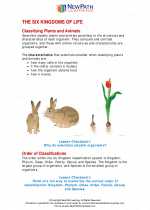
 Activity Lesson
Activity Lesson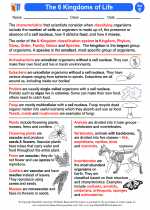
 Worksheet/Answer key
Worksheet/Answer key
 Worksheet/Answer key
Worksheet/Answer key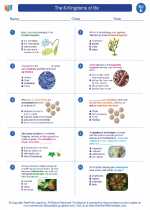
 Worksheet/Answer key
Worksheet/Answer key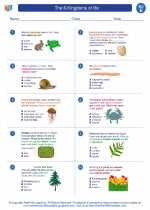
 Worksheet/Answer key
Worksheet/Answer key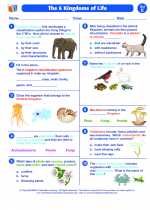
 Vocabulary/Answer key
Vocabulary/Answer key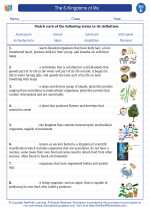
 Vocabulary/Answer key
Vocabulary/Answer key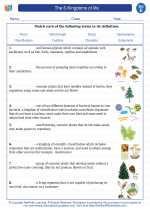
 Vocabulary/Answer key
Vocabulary/Answer key
 Vocabulary/Answer key
Vocabulary/Answer key
